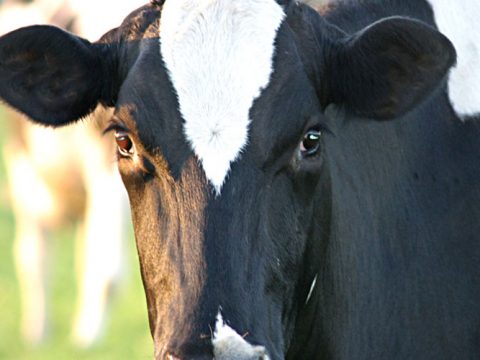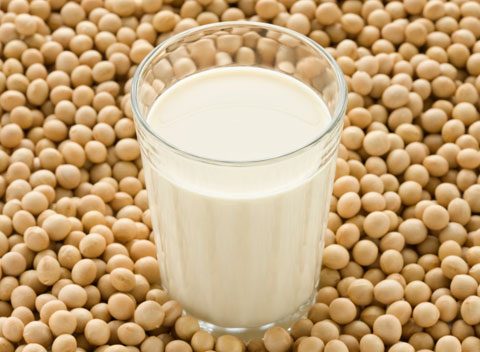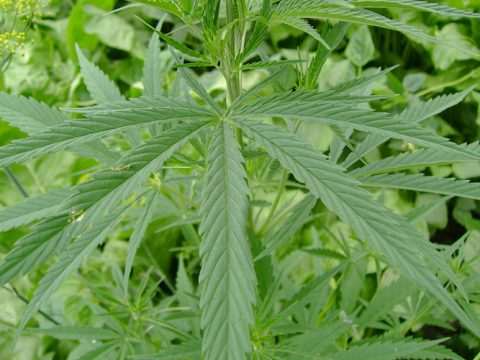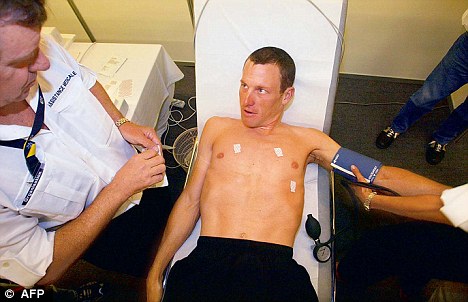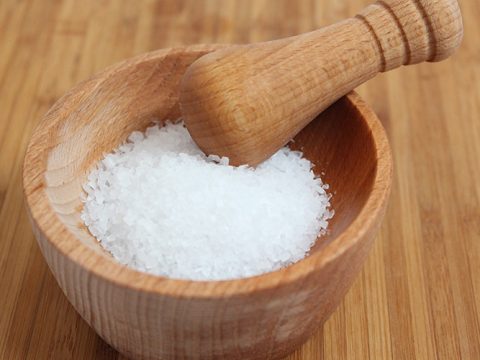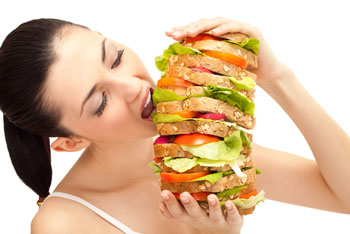BEEF, Does It Your Body Good?

NOTE: To All the Non Meat Eaters, Yes there are other sources of Proteins out there, Enjoy them… Please…. B
UT……there’s no consistent evidence demonstrating that the saturated fat found in red meat significantly raises blood cholesterol levels & No, livestock is not causing global warming (check Allan Savory’s TED TALK on ‘Deforestification’)
Beefs, Bad Rap for Protein
Beef has been blamed for everything from heart disease to cancer.
Despite claims by the popular media and mainstream medical establishment to the contrary, there’s no consistent evidence demonstrating that the saturated fat found in red meat significantly raises blood cholesterol levels.
In addition, large prospective studies involving almost 350,000 participants have found no association between saturated fat intake and coronary heart disease (CHD) or cardiovascular disease (CVD).
One large study of almost 60,000 Japanese women found an inverse association between saturated fat consumption and stroke: the more saturated fat participants ate, the lower their rate of stroke.
Since red meat has been vilified for years in the mainstream press, people who eat less of it are also more likely to eat more foods that are actually unhealthy.
Most Do you remember what you ate for lunch last Tuesday?
Bring On the Protein
Your body continuously breaks down and rebuilds walls of amino acids throughout your body, so having a steady flow of complete proteins from your diet is important. Beef can be a source of these proteins.
The USDA recommended daily amount of protein is 0.5g per pound of body weight. Most people should probably get somewhere between 0.5g and 0.8g per pound of body weight each day.
For a typical 2,000-calorie diet, you need 50 to 175 grams of protein each day, depending on your activity level. Those who are building muscle need much more protein to support muscle building.
A bodybuilder should get between 0.8g and 1.2g per pound of body weight each day. Again Beef can be a source of these proteins.
There’s Iron it That Their Beef.
You need adequate iron in your diet to improve oxygen delivery to cells, tissues, and vital organs.
Beef is rich in iron, particularly heme iron, which has high bioavailability.
This iron is different from nonheme iron in spinach and other iron-rich plant foods that are difficult for your body to absorb.
Heme iron has a 15 to 35 percent absorption rate, versus nonheme iron which has a lesser 2 to 20 percent absorption rate in your body.
Beef is full of heme iron, and your body is more likely to be able to sustain normal iron levels, lessening your risk of iron-deficiency anemia, a condition that leads to fatigue and muscle weakness.
Men need 8 milligrams of daily iron and women require 18 milligrams.
Many cuts of beef have more than 5 milligrams of iron per 3-ounce serving whereas chicken and turkey breast each have about 1 milligram in a 3-ounce portion.
Go BEEF…
Red Blood Cells and BEEF
Beef is rich in vitamin B-12, an important nutrient in red blood cell formation.
When you don’t have enough B-12 in your system, red blood cells do not form properly, a condition known as megaloblastic anemia.
This condition leads to neurological problems and developmental delays in severe cases. That’s right Beef is ‘Brain Food‘.
Adults need 2.4 micrograms of vitamin B-12 each day. Three ounces of ground beef offer more than 2 micrograms, or you can get about .5 micrograms from 3 ounces of chicken breast or ham.
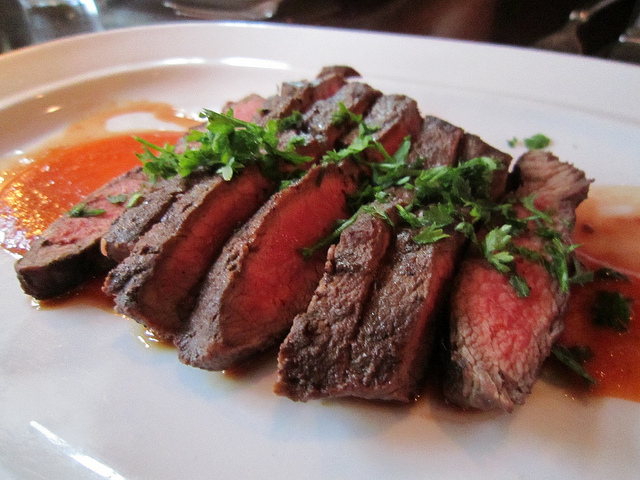
Saturated Fat in Your Beef
Meat is high in saturated fat, a harmful fat that increases your risk of heart disease by inflating related risk factors, like cholesterol and blood pressure.
You need fat in your diet for fat-soluble vitamin absorption, cushioning organs, and hormone production, but not all fats are good for you.
The Dietary Guidelines for Americans 2010 says to limit your saturated fat to no more than 10 percent of your total calories. Fat has 9 calories per gram, this amounts to about 22 grams of daily saturated fat for a 2,000-calorie diet.
A 3 ounces of beef sirloin contains about 3.5 milligrams. That’s One for Lean Beef.
Beef for Weight Loss
Australian scientists have found that people who ate a diet high in protein, based on lean red meat, as well as fruit and vegetables, lost 25 percent more weight over a fixed period than those who ate a low protein, carbohydrate-rich diet that contained the same amount of calories and fat.
The scientists concluded that some people might be more successful in losing weight on a high-protein diet because they felt less hungry and could go without food for longer.
Those on the high-protein diet also saw levels of their “bad” cholesterol drop.
Where’s The Beef, from…
Two questions:
‘What AM I EATING’?
‘Where Did It Come From’?
What’s In Your Beef?
Corn Feed BEEF: Corn and grain are not natural to the cow diet. Especially corn with petroleum fertilizers and pestilent dumped on it. One of the reasons liver has disappeared from grocery shelves is that the high volumes of corn most cows are fed makes their liver so acidic as to be a health hazard.
Grass Feed BEEF: USDA regulated. It means, very narrowly, that animals eat grass.
According to the USDA definition, “grass-fed” animals can also be fed grain and can be raised on grass in confinement, as long as they have access to pasture. “access” can be — and often is — nothing more than a facility with a door to a small outdoor area.
Livestock is transferred to this facility after they have been conditioned to remain indoors in a facility with no such exit.
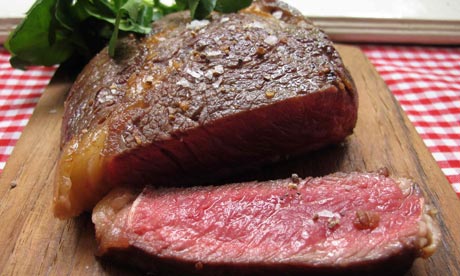
Many grass fed cattle are fed grass most of the time but are fed corn at the end of the process (finish) process.
ORGANIC BEEF: USDA and third-party certified. This certification means that livestock wasn’t treated with hormones or antibiotics and was fed a pesticide-free diet.
VEGETARIAN FED BEEF: Refers only to an animal’s diet and does not guarantee the animal was pastured or raised humanely.
LOCAL BEEF: Producers who take part in this affidavit program state in writing that the animals were raised within 20 miles. This label is not certified [or confirmed] by a third party, such as the USDA or a labeling certifier.
HUMANELY RAISED; CERTIFIED HUMANE: Many ranches now choose to undergo an audit by third parties such as the Animal Welfare Association and Humane Farmed to highlight their extra care.
This type of label wards against practices like overcrowding, castrating, early weaning, and denying animals access to pasture. It measures the entire life cycle in terms of animal health and well-being.
BIODYNAMIC BEEF: This pre-organic standard treats the whole ranching operation as an interrelated whole. While some meats are technically organic, a biodynamic farm assures the meat also came from a healthy, self-sustaining system.
Your Best Beef Option
The first thing to find out is, “Who has the best stuff, and how good is it?”
If the best is good enough, the next issue is, “How can I get stuff like that in my neck of the woods?”
Instead, the focus is on the kind of stuff that’s already flowing through supermarkets and health-food chains, which means it’s from high-volume producers.
Wrong place to start.
Buying meat directly from a farm where you know the conditions of their beef or raise them yourself. Sourced out great providers of longhorn steer and bison, bought a freezer, and purchased your meat in 1/4 carcass quantities.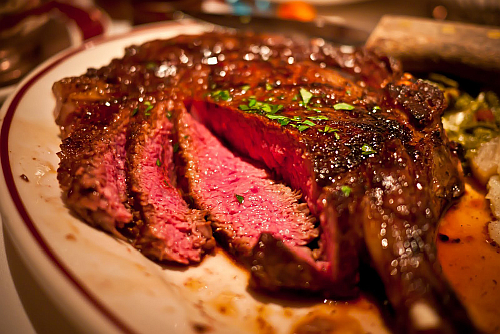
Become 100% confident in the providence and handling of your meat. Or just remain in the “not care” camp or go vegan.
Top-quality meat requires thoughtful, sympathetic handling at every stage. You can taste the level of care — it’s better than any label, YES the good stuff is EXPENSIVE.
P.S. If you Love Your Meat, get this book on Amazon…
The River Cottage Meat Book: Hugh Fearnley-Whittingstall. Tailored for American cooks, this loving, authoritative, and galvanizing ode to good meat is one part manifesto on high-quality, local, and sustainable meat production; two parts guide to choosing and storing meats and fowl; and three parts techniques and recipes for roasting, cooking, barbecuing, preserving, and processing meats and getting the most out of leftovers.
With this thought-provoking and practical guide, meat eaters can knowledgeably buy and prepare meat for better health and better living, while supporting the environment, vibrant local economies, and respectful treatment of animals.



